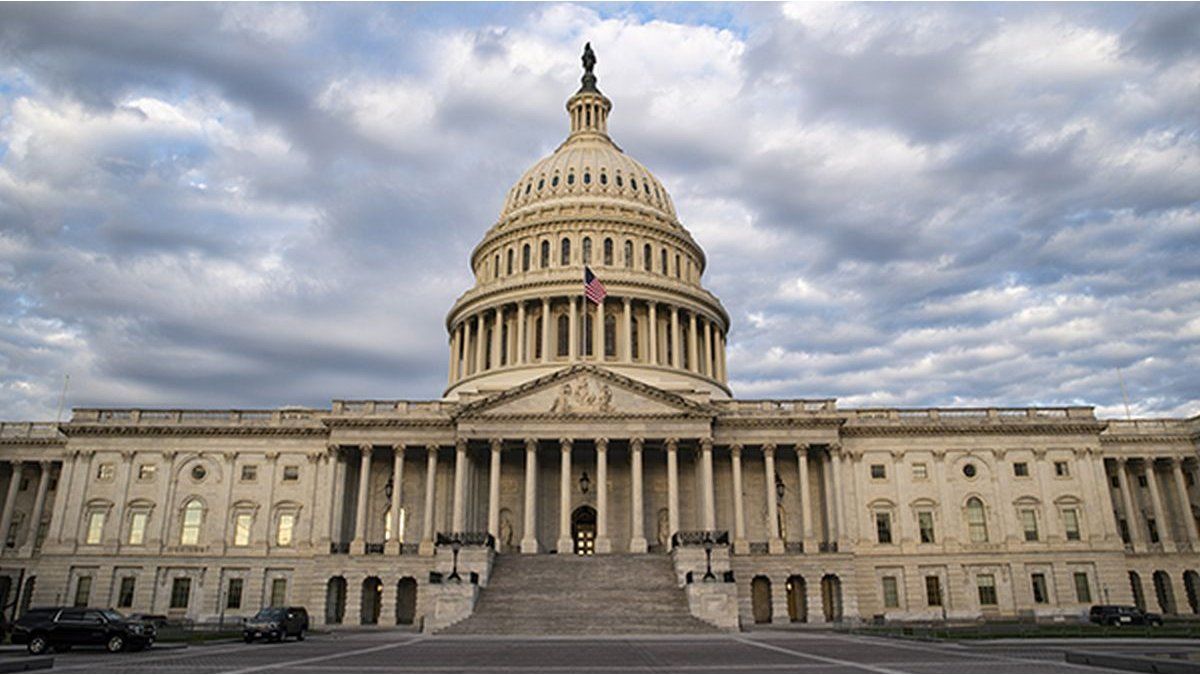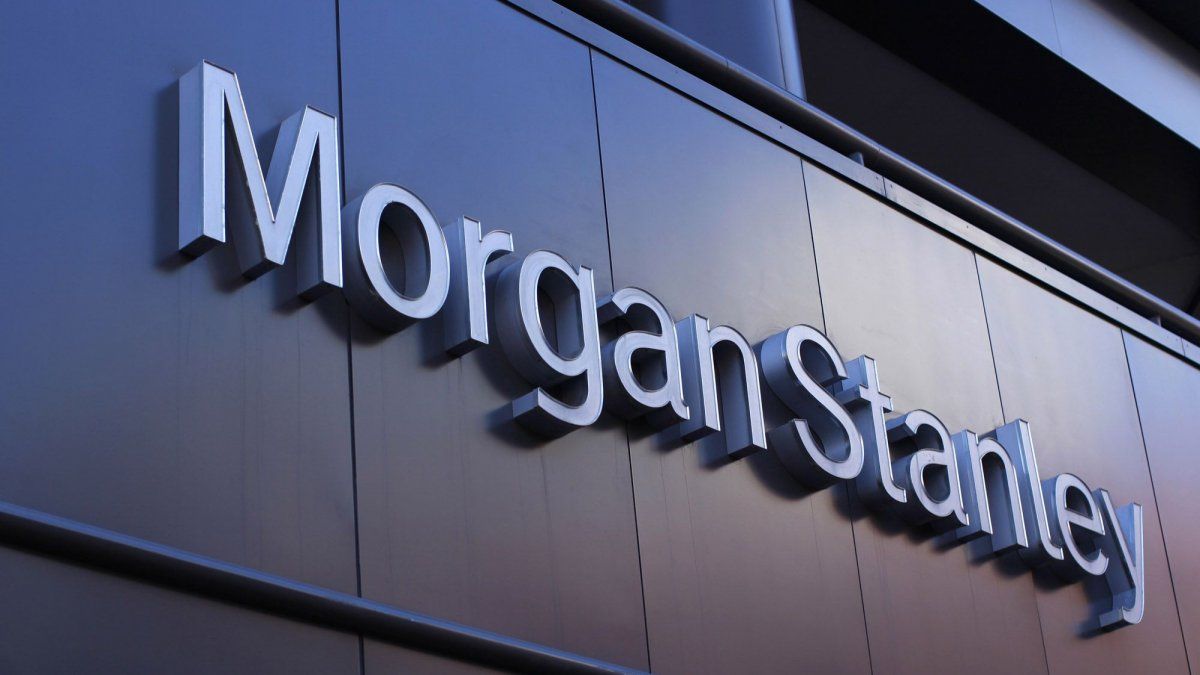Between 45% and 54% of the world’s semiconductor-grade neon, essential for the lasers used to make chips, comes from two Ukrainian companies, Ingas and Cryoin, according to Reuters calculations based on figures from the companies and from market research firm Techcet.
World consumption of neon for chip production reached 540 metric tons last year, according to Techcet estimates.
Both companies have shut down operations, according to company representatives contacted by Reuters, as Russian troops have intensified attacks on cities across Ukraine, killing civilians and destroying infrastructure.
The shutdown casts a cloud over global chip production, which is already in short supply after the coronavirus pandemic soared demand for mobile phones, laptops and, later, cars, forcing some companies to cut production.
While estimates of how much neon stock chipmakers hold vary widely, production could take a hit if the conflict drags on, according to CFRA analyst Angelo Zino.
“If stocks run out in April and chipmakers don’t have orders booked in other regions of the world, further supply chain constraints are likely and the final product may not be able to be manufactured for many key customers.”said
Before the invasion, Ingas produced 15,000 to 20,000 cubic meters of neon a month for customers in Taiwan, Korea, China, the United States and Germany, of which about 75% went to the chip industry, Nikolay Avdzhy said. , the company’s chief commercial officer, in an email to Reuters.
The company is based in besieged Mariupol. On Wednesday, Russian forces destroyed a maternity hospital there, in what Kiev and Western allies called a war crime. Moscow said the hospital was no longer working and had been taken over by Ukrainian fighters.
cryoinwhich produced approximately 10,000 to 15,000 cubic meters of neon per month, and which is located in Odessa, stopped its operations on February 24 when the invasion began to maintain the safety of its employeesaccording to director of business development Larissa Bondarenko.
Bondarenko said that the company it would not be able to meet orders for 13,000 cubic meters of neon in March unless the violence ceased. He stated that the company could hold at least three months with the plant closed, But he warned that if the equipment is damaged, it would put a bigger strain on finances and make it difficult to resume operations quickly.
Also, she said, she wasn’t sure the company would be able to access the raw materials to purify the neon.
The Taiwan Ministry of Economyheadquarters of the world’s largest contract chipmaker TSMC, said that Taiwanese companies had already made advanced preparations and had “safety stocks” of neon, so he didn’t see any short-term supply chain problems.
However, smaller chipmakers may be hit harder, according to Lita Shon-Roy, president of Techcet.
“Larger chipmakers, such as Intel, Samsung and TSMC, have greater purchasing power and access to inventories that can cover them for longer periods, two months or more,” said. “However, many other chipmakers don’t have this kind of cushion,” he added.
Shon-Roy further noted that rumors of companies trying to stockpile have begun to circulate. “This will aggravate the supply availability problem.”
Ukrainian neon is a byproduct of Russian steelmaking. The gas, which is also used in laser eye surgery, is also produced in China, but Chinese prices are steadily rising.
Bondarenko claims that prices, already under pressure after the pandemic, have risen as much as 500% since December.
According to a Chinese media report, which cited commodity market information provider biiinfo.com, the price of neon gas in China has quadrupled, from 400 yuan/cubic meter in October last year to more than 1,600 yuan/cubic meter at the end of February.
Neon prices rose 600% in the run-up to Russia’s annexation of the Crimean peninsula to Ukraine in 2014, according to the United States International Trade Commission.
Companies in other countries could start neon production, but it would take between nine months and two years to ramp up production, according to Richard Barnett, director of marketing for Supplyframe, which provides market information to companies throughout the global electronics industry.
But Angelo Zino of the CFRA noted that companies might not be willing to invest in that process if supply shortages are seen as temporary.
Source: Ambito
David William is a talented author who has made a name for himself in the world of writing. He is a professional author who writes on a wide range of topics, from general interest to opinion news. David is currently working as a writer at 24 hours worlds where he brings his unique perspective and in-depth research to his articles, making them both informative and engaging.




